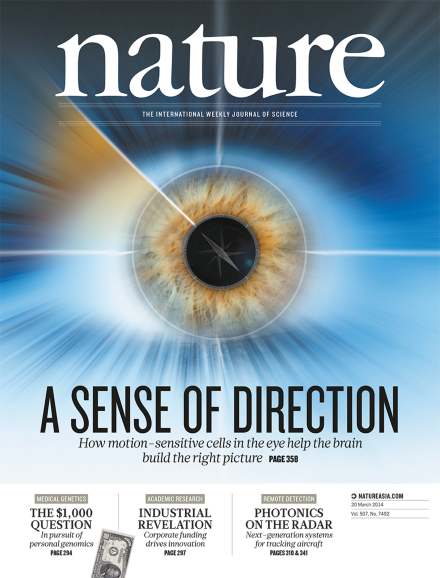Volume 507 Issue 7492, 20 March 2014
Editorial
World View
Research Highlights
Seven Days
News
-
NIH rethinks psychiatry trials
Special:
News Feature
-
Neuroscience: Tuning the brain
Special:

